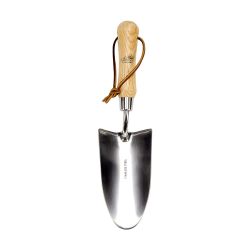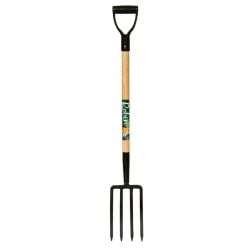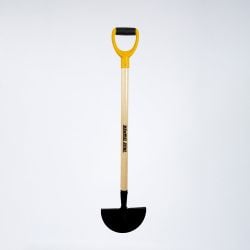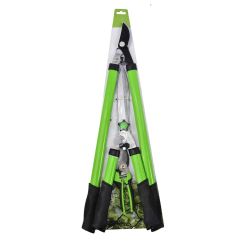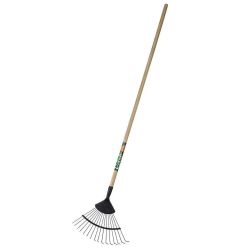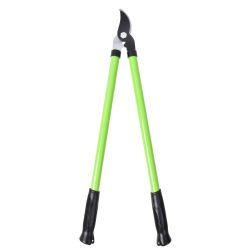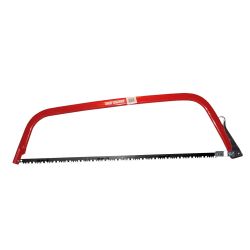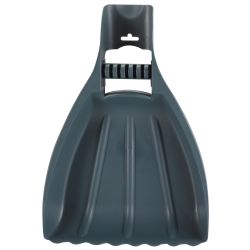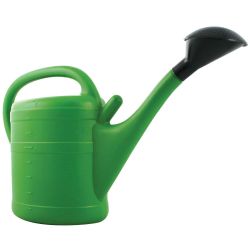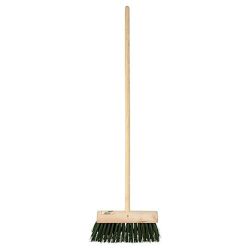Your Guide to Garden Hand Tools & Storing Your Gardening Equipment
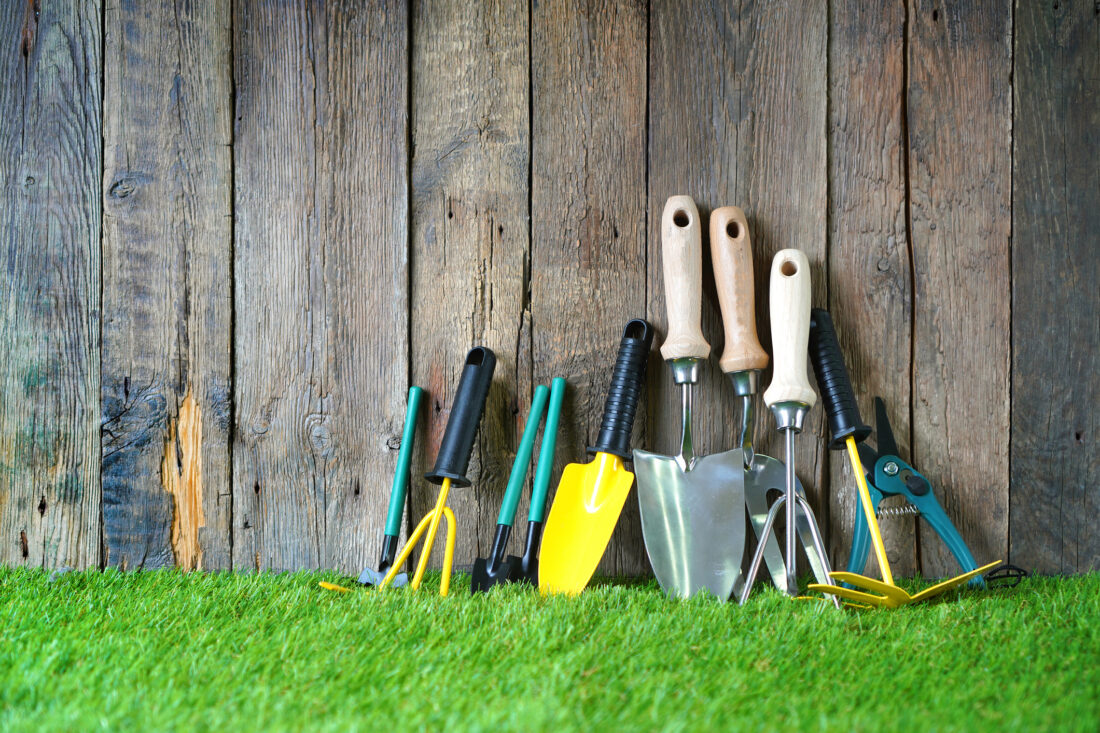
Maintaining your garden might feel overwhelming at first, especially if you're just getting started. But with the right tools in hand and a good storage setup, you'll find that gardening becomes a truly rewarding activity. In this guide, we’ll explore essential garden hand tools and show you how to store them smartly to keep your garden and your gear in tip top shape.
Why Garden Hand Tools Matter
Whether you're sowing seeds or trimming branches, garden hand tools are the backbone of every gardener's toolkit. Choosing the right tools can make gardening easier, faster, and more enjoyable.
Looking for help with power tools? Read part two of this blog on garden power tools and how to care for them.
Essential Garden Hand Tools for Every Task
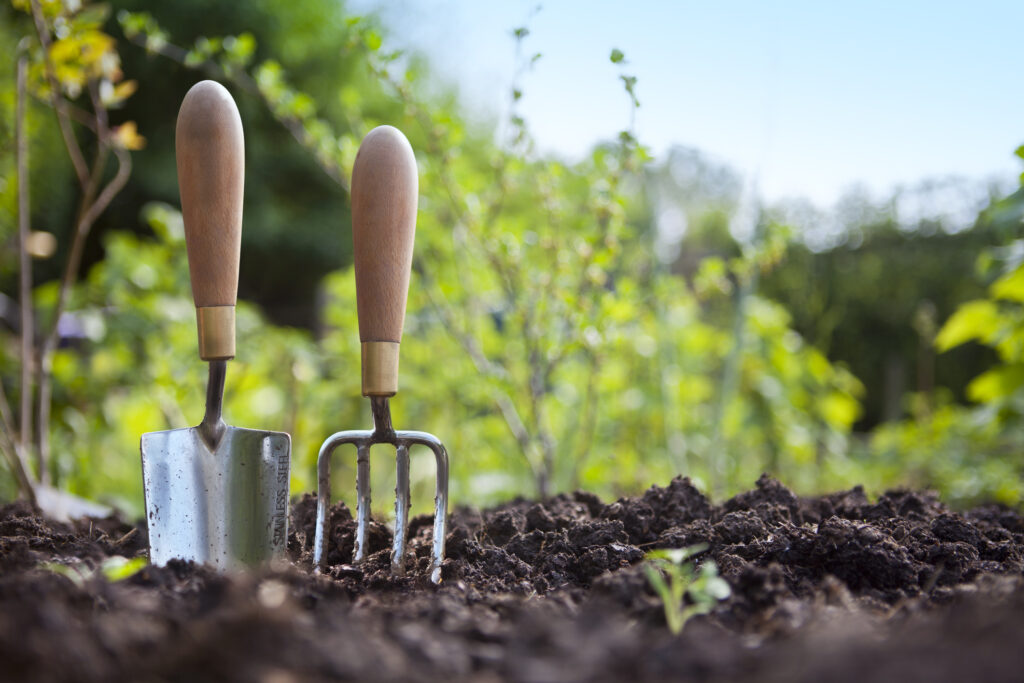
Explore our full range of garden hand tools here.
Tools for Planting and Digging
- Trowel
A small, pointed shovel like tool perfect for digging small holes, planting seeds, and transplanting. Choose one with a stainless steel blade and ergonomic grip.
- Bulb Planter
Specially designed to plant flower bulbs at consistent depths. Great for reducing hand strain and ensuring even spacing.
- Garden Fork
Useful for turning and aerating soil and dividing plants. Look for rust resistant tines and a sturdy handle.
- Spades and Shovels
Spades have flat blades ideal for slicing into soil, while shovels have curved blades for moving compost, mulch, and soil.
- Transplanting Spade
A narrower blade makes this tool ideal for precision planting in tight spaces.
Tools for Pruning and Small Plant Maintenance
- Pruning Shears
Larger than hand pruners, these are designed for thicker stems and branches. Look for models with adjustable tension and soft grips.
- Hand Pruners (Secateurs)
Perfect for smaller branches and stems. Bypass pruners offer clean cuts, while anvil pruners tackle tougher materials.
- Edger
Creates crisp lines between your lawn and garden beds for a manicured look. Manual versions have footrests for added force.
- Hand Rake or Hand Cultivator
Used to loosen and smooth soil or remove debris. Ideal for borders and small beds.
- Hand Hoe
Flat, paddle shaped tool for weeding and cultivating, especially in tight or narrow spaces.
Tools for Cutting and Trimming Larger Plants
- Bow Saw
Great for pruning thick branches or small trees. The tensioned blade makes cutting efficient.
- Axe
Essential for chopping wood or splitting logs. Consider felling axes or hatchets depending on your need.
- Lopper
A long handled pruner used for trimming thick branches. Available in bypass and anvil styles for different types of cuts.
Tools for Garden Cleanup
- Leaf Grabbers
Large scoop tools that make gathering leaves and debris a breeze. Especially useful for bigger gardens.
- Garden Brushes and Brooms
Sweep leaves, dirt, and dust from paths and patios. Choose from hand brushes, push brooms, or powered options.
- Watering Can
A balanced can with a removable rose allows for targeted, gentle watering of plants.
Smart Garden Tool Storage Ideas
Keeping your tools organised and well maintained not only makes gardening more enjoyable, but also extends the life of your equipment. Whether you have a spacious backyard or a compact balcony, there’s a storage option that can work for you. Browse our full selection of garden storage or explore wooden sheds and metal sheds.
DIY Garden Tool Storage Projects
If you're handy and enjoy customising your space, there are plenty of do it yourself storage solutions that are both practical and cost effective:
- Attach a pegboard to a wall or shed interior to hang smaller hand tools where they’re easy to see and grab
- Repurpose an old wooden pallet by adding hooks or small shelves for storing tools vertically
- Create crate shelving units for stacking lightweight gear like gloves, small pots, and watering cans
- Use magnetic strips to hold metal tools such as pruners and trowels
- Install hanging baskets or bins under workbenches to keep clutter off surfaces
Outdoor Garden Tool Storage Solutions
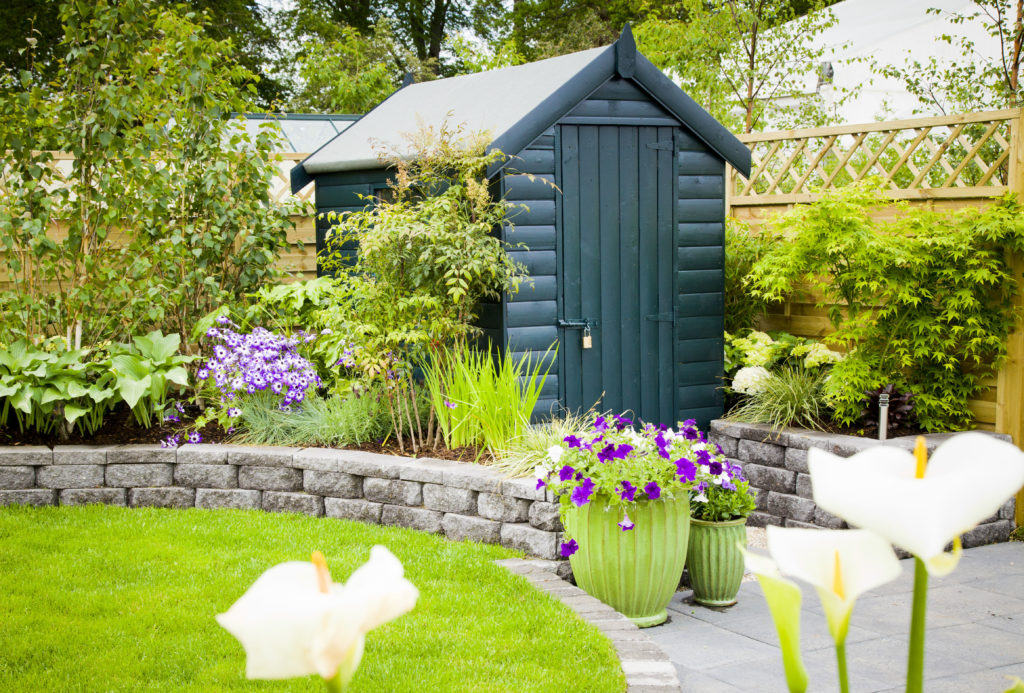
If you prefer ready made solutions, outdoor storage units come in all shapes and sizes to suit various garden layouts:
- Weather resistant sheds made from wood or metal provide durable protection and space for everything from rakes to lawnmowers
- Lockable plastic cabinets are great for added security and are easy to move if needed
- Vertical tower style storage units are perfect for narrow spaces and allow you to stack or hang items efficiently
Storage Tips for Small Gardens
Limited space doesn’t mean limited organisation. Here are a few tips tailored for compact gardens:
- Use wall mounted hooks or racks to keep tools off the ground and free up floor space
- Choose foldable benches or seats that double as storage boxes for smaller items
- Look for nesting tools or telescopic handles that can be adjusted and stored compactly
- Utilise balcony railings or fence panels with added hooks or caddies
Benefits of Proper Garden Tool Storage
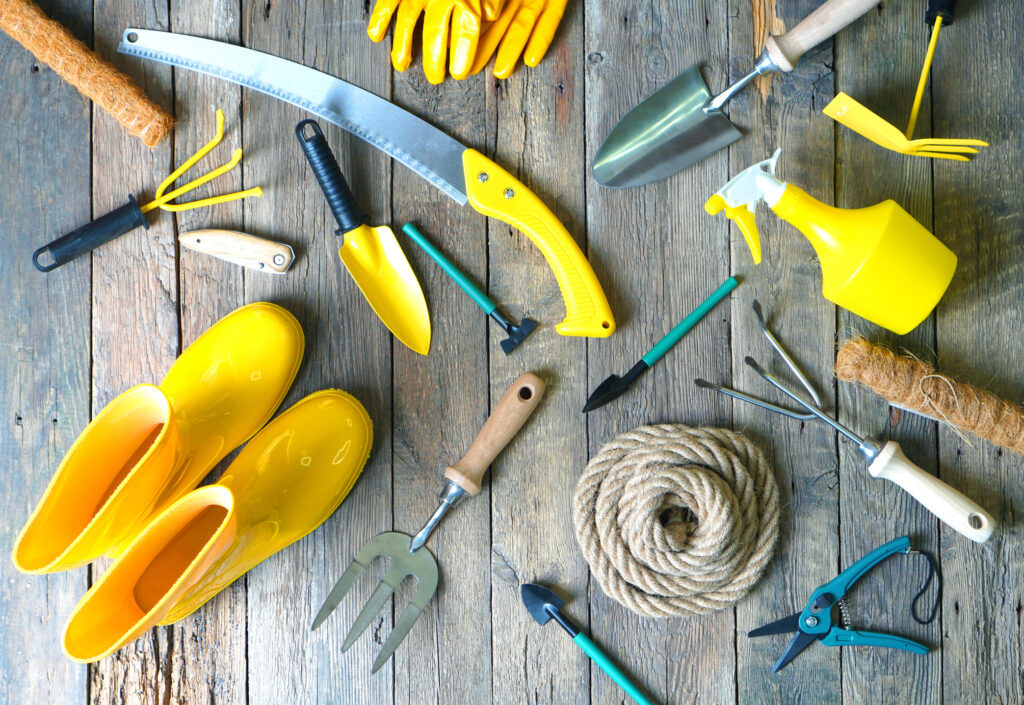
Taking the time to store your tools properly comes with a long list of advantages. It's not just about tidiness. It’s about protecting your investment, keeping your garden safe, and creating a more enjoyable working environment.
- Protection from the elements
Tools left outside are vulnerable to rain, rust, and temperature changes. Proper storage shields them from moisture and sun damage.
- Reduced clutter
A tidy storage area means you can find the right tool when you need it, saving time and hassle.
- Improved safety
Keeping tools organised and off the ground helps prevent trips, falls, and other accidents in the garden.
- Extended tool lifespan
Clean, dry tools with maintained blades and handles last much longer, meaning fewer replacements and better performance.
- Enhanced security
Lockable sheds and cabinets help protect valuable tools from theft or tampering, particularly in shared or exposed outdoor areas.
- Better gardening experience
When your tools are ready to go and easy to reach, gardening feels smoother and more enjoyable. Less time hunting for equipment means more time enjoying your outdoor space.
Quick Maintenance Tips for Longevity
- Wipe down tools after each use to remove dirt and moisture
- Store off the ground to avoid moisture buildup and rust
- Sharpen blades regularly to maintain cutting performance
- Treat wooden handles with linseed oil to prevent drying and cracking
- Label storage areas so every tool has a designated place
Time to Get Gardening
Now that you know what each garden hand tool is for and how to store them properly, you're ready to put your knowledge to use. Remember, the right tools combined with smart storage will make your gardening experience smoother, safer, and more satisfying.
Explore our full range of garden hand tools and garden buildings and storage and find what suits your garden best. Whether you're working with a large outdoor area or a compact urban garden, Woodie’s has everything you need to grow, maintain, and enjoy your space. Be sure to check out our guide on how to take care of your power tools to ensure all of your gardening equipment is in top condition!
Let your garden thrive and make every task a little easier with tools that work as hard as you do. Happy gardening!
FAQs About Garden Hand Tools and Storage
What’s the difference between a trowel and a spade?
A trowel is for small digging tasks and planting, while a spade is better for cutting and turning large soil areas.
How do I store garden tools without a shed?
Use wall hooks, storage benches, or waterproof boxes on your balcony or patio.
What’s the best tool for pruning shrubs?
Bypass loppers or pruning shears depending on the branch size.

